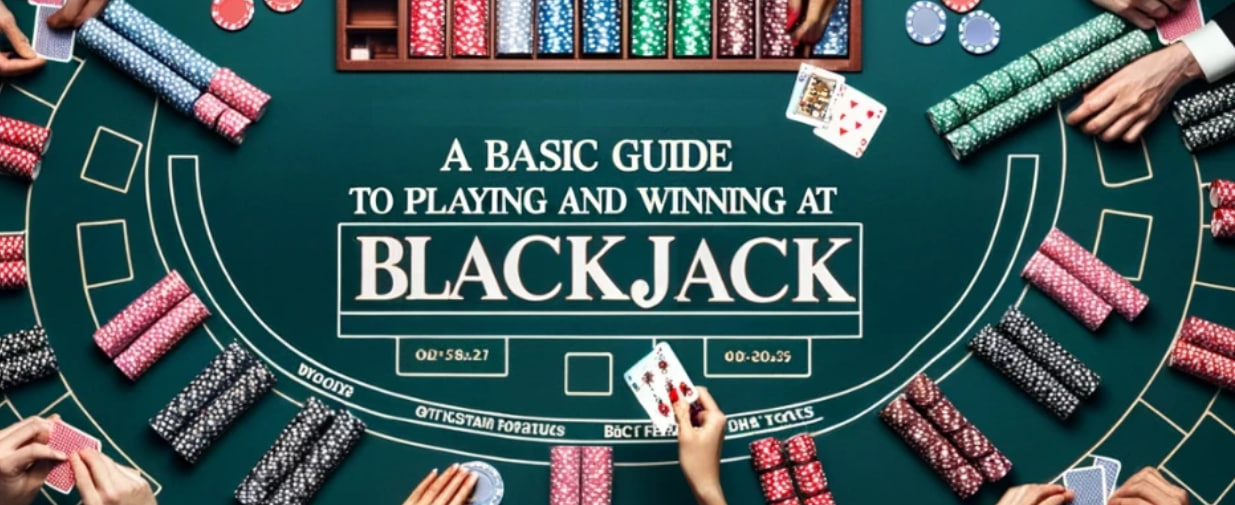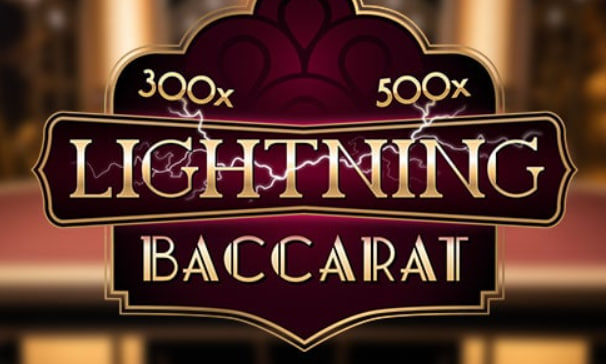Blackjack remains a popular choice in casinos thanks to its simplicity and fast-paced nature. With straightforward rules that are easy to grasp, it’s no wonder why players are drawn to this game.
Moreover, the advent of online blackjack variants has further expanded the options available to players, making it accessible to a wider audience.
For newcomers looking to delve into the world of blackjack and explore its online iterations, this guide serves as a valuable resource to understand the fundamentals before diving into gameplay.
Beginners Guide: Basic Rules of Blackjack
Blackjack is a popular game found in both brick-and-mortar casinos and online platforms. Typically, it involves playing with 1 to 8 card decks, excluding jokers and instructional cards, with most games using at least 6 decks.
To ensure fairness, these decks are shuffled, with a special card inserted somewhere between the middle and near the end of the combined decks. The shuffled cards are then placed in a device called a “shoe” to aid the dealer in distributing them.
Distribution of Cards
Players begin by placing their bets before any cards are dealt, with chips used in physical casinos and virtual chips in online versions. Once bets are placed, the dealer deals cards to each betting player and themselves. Players see both of their cards, while the dealer reveals only one of their own cards and keeps the other hidden.
Scoring
The aim of blackjack is to have a card value close to 21 without exceeding it. Going over 21 results in an instant loss. Winning occurs if a player’s total is closer to 21 than the dealer’s, or if the dealer’s total exceeds 21.
Types of Hands
Hands can be classified as “soft” or “hard.” A soft hand includes an Ace, which can be counted as either 1 or 11. For example, an Ace and an 8 could total 9 or 19, termed a “soft 19”. If another card pushes the total over 21, the Ace is counted as 1. A hard hand does not include an Ace.
Game Flow
The game begins with the player farthest to the right and progresses clockwise. Players decide on their next move after receiving their initial two cards, asking the dealer for more cards until they choose to stand or exceed 21. After players finish, it’s the dealer’s turn to draw cards until they have 17 or more.
Winning Rewards
Winning a blackjack round earns you double your bet. Achieving a blackjack, which is an Ace and a 10-value card, often results in a higher payout, commonly 3:2. Ties occur if both the dealer and player have blackjacks or identical scores.
Checking for Blackjack
In some games, if the dealer’s revealed card is an Ace or a 10, they may check their hidden card for a blackjack. If they have one, they reveal it immediately, with players without a blackjack losing their bet.
Betting Restrictions
Every blackjack table sets minimum and maximum betting limits for each round, both in physical casinos and online platforms.

Basic Gameplay When Playing Blackjack
Now that you understand the rules, let’s delve into the actual gameplay of Blackjack. What should you keep in mind if you’re planning to play soon?
Basic Moves
For beginners, mastering two fundamental actions – hit and stand – is essential. Though there are more actions to explore, these two are pivotal for gameplay:
Hit
This action involves requesting an additional card to add to your current hand. The goal is to get as close to a total of 21 without exceeding it.
Players typically opt to hit when their combined card value is low and they need to increase their total.
Stand
Choosing to stand indicates that you’ve decided not to take any more cards and end your turn.
This move ensures you don’t exceed 21. Players usually stand when they have a total close to 21 or when they believe the dealer might bust based on their visible card.
Additional Moves
To elevate your blackjack game and reduce the house edge, you should be acquainted with these advanced actions:
Split
If your initial two cards have the same value (like two 8s or two Aces), you can opt to “split” them into two separate blackjack hands.
Each new hand should have an identical bet to the original, effectively doubling your initial bet.
After splitting, a second card is dealt to each new hand. These hands are then played as regular blackjack hands, though rules may vary across casinos, especially regarding re-splitting.
Double Down
After receiving your initial two cards, you have the option to “double down”. This entails doubling your original bet and receiving only one more card.
It’s advisable to double down when your hand is strong relative to the dealer’s. Note that you can’t double down after hitting, and you’re limited to one additional card.
Surrender
Not all casinos offer the surrender option due to its player-favorable odds. There are two main types:
Early surrender allows players to forfeit half their bet if the dealer has an Ace or 10 upfront, before checking for blackjack.
Late surrender permits players to surrender half their bet after the dealer checks for blackjack.
Insurance
This action relates to the possibility of the dealer obtaining a blackjack. If the dealer’s visible card is an Ace, some casinos may offer players an insurance option.
If the dealer gets a blackjack, you lose the hand but win the insurance bet. Conversely, if the dealer doesn’t get a blackjack, you lose the insurance bet, and the round continues. Typically, you can only insure up to half of your original bet, and the payout is usually 2:1.
Fundamentals of Blackjack Strategy
To improve your chances of success, adhere to basic blackjack strategy. This strategy considers both your cards and the dealer’s visible card to guide your decisions. For example:
When the dealer holds a strong card (A, T, 9, 8, or 7), aim for a total of at least 17 before standing.
Conversely, if the dealer’s card is weaker (6, 5, 4, 3, or 2), it’s advisable to stand once you have 12 or more, as the dealer is more likely to bust.
This is a simplified strategy outline, and there are numerous guidelines on when to hit, stand, split, or double down. For an in-depth understanding, you can refer to comprehensive articles on blackjack strategies.
Different Blackjack Rules: Common Variations
Standard blackjack rules may vary slightly between casinos, depending on their preferred house edge. These variations can impact player options, potentially giving the casino a higher advantage. Here are some common rule adjustments:
Dealer Requirements on Soft 17
Some casinos may require the dealer to hit or stand on soft 17, affecting their strategy.
Doubling Restrictions
Doubling down may be allowed only on certain totals, such as 9, 10, or 11.
Some casinos may prohibit doubling down after a split.
Number of Decks
The game may be played with varying numbers of decks, influencing card counting strategies.
Blackjack Payouts
Different casinos may offer varying payout ratios for blackjack, such as 2:1, 3:2, or 6:5.
Popular Game Types
Several blackjack variations have specific names to distinguish them. Here are three common ones:
Vegas Strip Blackjack:
Typically played with 4 decks.
Dealer stands on soft 17.
Doubling allowed on any total and after splits.
Splitting Aces is limited to once.
Blackjack pays 3:2.
Atlantic City Blackjack:
Usually played with 8 decks.
Dealer stands on soft 17.
Offers late surrender as an option.
Similar rules to Vegas Strip with slight variations.
European Blackjack:
Common in Europe with stricter rules.
Dealer stands on soft 17.
Doubling limited to certain totals.
Splitting allowed only once, with restrictions on same-rank face cards.
Introducing Online and Live Blackjack
Online and live blackjack have gained popularity, offering a variety of variations beyond the classic game. While basic rules remain consistent, developers introduce enhancements for a better gaming experience.
Online versions offer enhanced betting options, visual enhancements, and accessibility improvements.
Live versions provide a social experience with live dealers and multiplayer options.
Various developers offer different versions, catering to diverse preferences and playing styles.
Whether you prefer a classic two-dimensional format or an immersive live experience, there are options available to suit your preferences in the world of online and live blackjack gaming.
Blackjack’s Etiquette in Casinos
When playing blackjack at a physical casino, it’s essential to adhere to certain behavior guidelines to ensure a smooth gaming experience for everyone involved.
- Avoid touching your cards once they’ve been dealt. Many casinos have strict rules against this, and failure to comply may result in a warning or removal from the table.
- Similarly, refrain from touching your bet chips until the dealer has completed processing the round. This measure helps prevent any suspicion of tampering with bets.
- In a bustling casino environment, hand signals are commonly used to convey game decisions:
- To indicate a hit, lightly tap the table.
- For standing, sweep your hand over your cards.
- Doubling down is signaled by adding the necessary chips behind your initial bet and pointing with one finger.
- When splitting, add the required chips beside your original bet and form a “V” shape with two fingers.
- While hand signals are effective, verbally stating your intended action is also acceptable. The key is to communicate clearly to the dealer and other players.
Above all, remember to gamble responsibly and enjoy the game responsibly.
Wrapping Up: The Everybody Game ‘Blackjack’
Blackjack, a widely enjoyed casino game, boasts straightforward rules. Familiarizing yourself with the fundamental principles, diverse game variations, and the importance of responsible gaming is essential. Thanks to the multitude of online platforms offering blackjack, players now have a myriad of options to indulge in their favorite game.
Introduction
How do you play the game of blackjack?
In blackjack, players aim to reach a card value close to 21 without exceeding it, attempting to beat the dealer’s hand without going over 21 themselves.
Is blackjack a game of skill or luck?
Blackjack involves both skill, particularly in decision-making, and luck, as the cards dealt are random.
Is blackjack considered risky?
Yes, like many other casino games, blackjack carries a risk of losing money.
Can blackjack be mastered with skill?
While skill can enhance one’s chances of winning, the casino always maintains a slight advantage. However, skilled players often employ strategies to minimize this house edge.
Why is blackjack called 21?
The game is commonly referred to as blackjack because receiving a Jack of Spades and an Ace of Spades as the first two cards, both being black in color, historically resulted in an extra payout. This combination equates to a total of 21.
What term is used when you achieve 21 in blackjack?
Hitting 21 with the first two cards is referred to as getting a “blackjack.”



